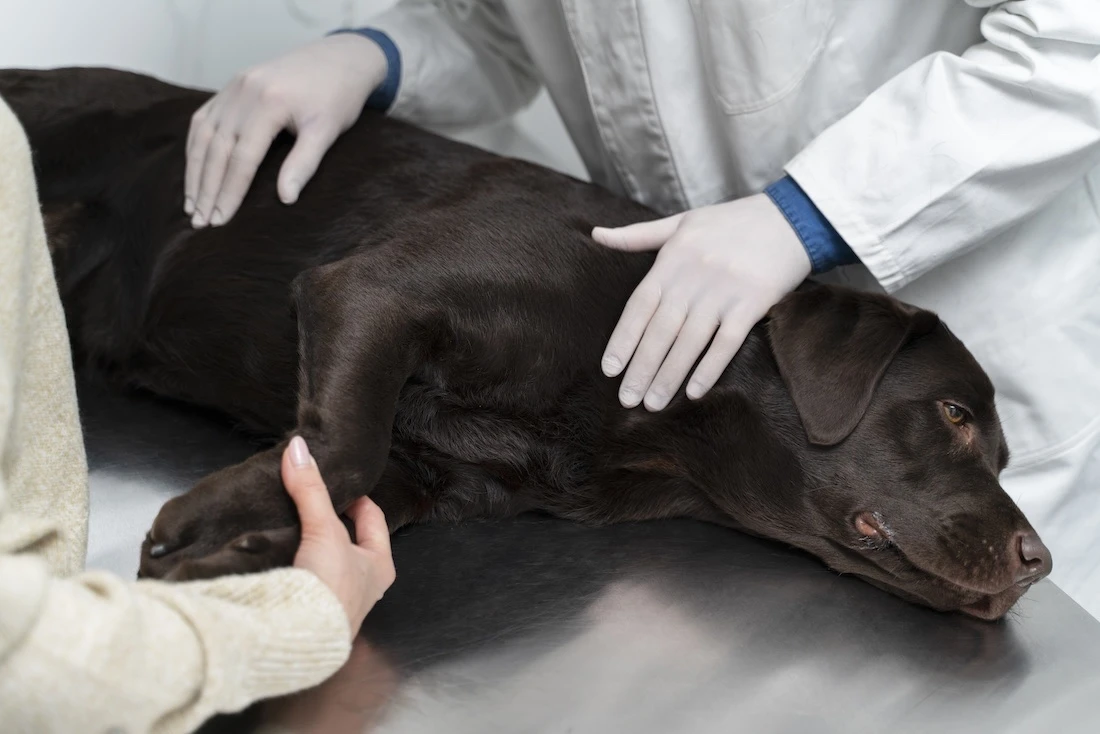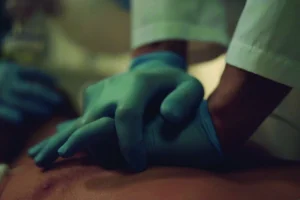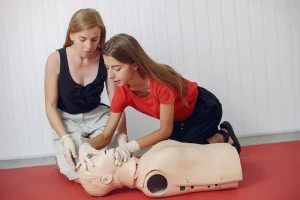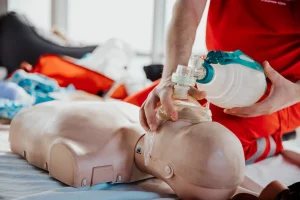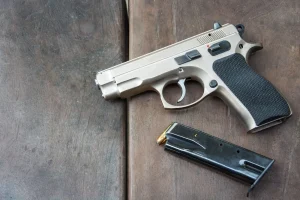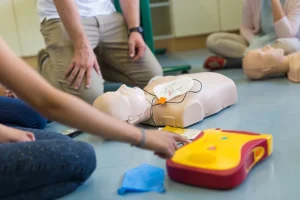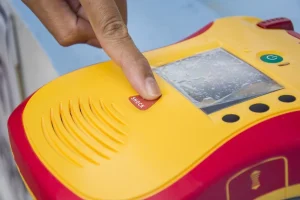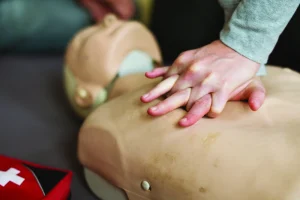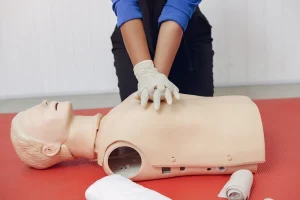Why Every Pet Owner in Vacaville Needs to Learn CPR for Dogs
Knowing how to respond in an emergency is crucial in the picturesque city of Vacaville, where pets are considered part of the family. While most of us are familiar with CPR for humans, the thought of performing Cardiopulmonary Resuscitation (CPR) on a dog might seem foreign. Yet, the reality is that cardiac or respiratory arrest can affect anyone, including our four-legged friends. This blog post aims to equip Vacaville dog owners with the essential knowledge to perform CPR on their dogs, ensuring they’re prepared to act swiftly in a crisis.
Identifying When Your Dog Needs CPR
The principle behind CPR for dogs is similar to that for humans: to simulate heart and lung functions and circulate oxygen-rich blood throughout the body during cardiac arrest. If your dog suffers from cardiac arrest, it will lose consciousness and show no signs of breathing. To assess whether CPR is necessary, check for breathing by observing chest movement or feeling for breath near the dog’s nose. The pulse can be checked at the femoral artery on the back leg’s upper part. Additionally, a dog’s gums turning gray or blue signals a lack of oxygenated blood circulation. Often, the need for CPR arises from choking incidents, highlighting its importance in emergency preparedness.
How to Save a Dog’s Life with CPR: A Step-by-Step Guide
For Dogs or Puppies Under Thirty Pounds:
1. Lay your dog on its right side.
2. Place one hand over the heart inside the chest behind the dog’s front elbow. Position your other hand underneath the dog’s body for support.
3. Begin compressing the chest 1 to 1.5 inches deep at 100 compressions per minute. A helpful tip is to compress to the “Stayin’ Alive” beat by the Bee Gees to maintain the correct rhythm.
4. If alone, provide one breath to the dog’s nose for every five compressions. If assisted, alternate between providing one breath every 2 to 3 compressions and continuous chest compressions.
For Dogs Above Thirty Pounds
1. Kneel behind the dog and place both hands on the flattest part of the rib cage, not directly over the heart.
2. Press down 2 to 3 inches at a pace of 1.5 to 2 compressions per second, aiming for 120 compressions per minute.
3. Similar to smaller dogs, alternate between compressions and breaths – one breath for every five compressions if you’re alone, or one breath every 2 to 3 compressions with assistance.
Post-CPR Steps
Regardless of the dog’s size, continue performing CPR until the dog begins to breathe or has a restored pulse. Immediately after the dog regains consciousness, it’s critical to seek veterinary care to address the underlying cause of the incident and receive necessary treatments.
Unlocking the Power of Preparedness: A Final Note on Canine CPR
This guide aims to instruct and empower Vacaville’s dog owners with the confidence to perform CPR in emergencies. While we hope you never need to use these skills, being prepared can significantly impact your pet’s survival in a crisis. We encourage all pet owners to practice these techniques and consider enrolling in certified pet first aid and CPR courses for hands-on learning.
Making a Difference in an Emergency: The Power of Prepared Dog Owners in Vacaville
In wrapping up, it’s clear that knowing how to perform CPR on dogs is an invaluable skill for any pet owner. This guide is a starting point, but practice and further education, such as attending a certified pet CPR and first aid course, are crucial. By preparing yourself for the worst, you stand the best chance of saving your pet’s life in an emergency. We encourage all dog owners in Vacaville to take this knowledge to heart and consider how they can become more prepared to act in their pet’s time of need.


